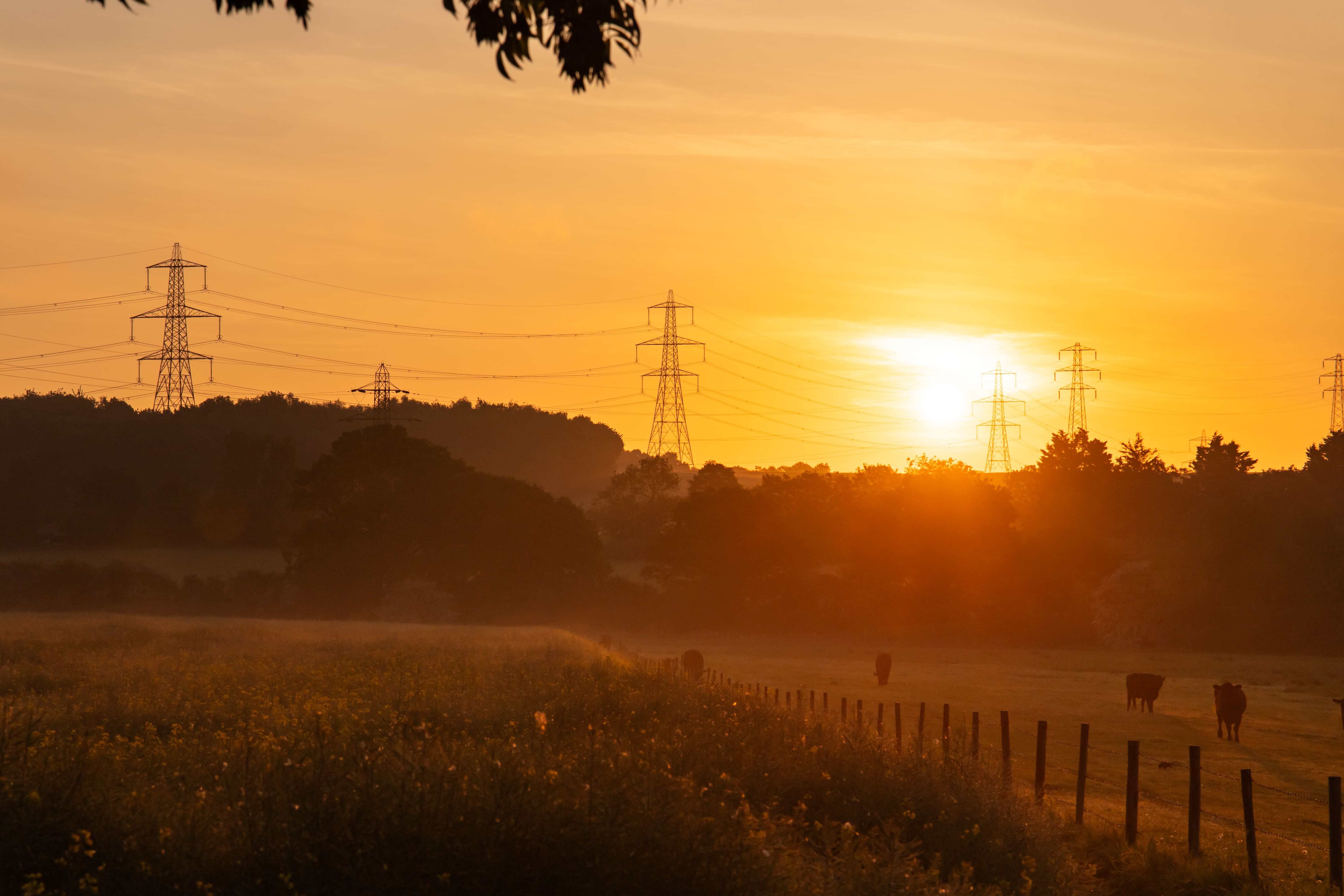
Bramford to Twinstead Reinforcement enters new phase
Sally Rotherham, lead consent officer at National Grid, shares how collaboration and community focus are driving a key upgrade project in the region.
The Bramford to Twinstead Reinforcement is entering a new and exciting phase. The project is part of The Great Grid Upgrade, which ensures more home-grown clean power can be delivered to where we need it.
The Secretary of State for Energy Security and Net Zero gave National Grid permission to build the project in September 2024, to reinforce the electricity network between Bramford in Suffolk and Twinstead in Essex.
Sally Rotherham, the lead consent officer, has worked on the project for the past five years. She worked among a team of consent officers, engineers and land officers to prepare planning application documents, focusing on managing environmental impacts.
Sally attended public consultation events and assisted in ensuring that all feedback was reflected in the design of the project.
“It’s exciting to see all the stages of the project, and now to see it actually going into delivery,” she said. “You spend so long looking at documents and planning, but seeing it implemented on the ground is really worthwhile.”

Sally has more than two decades of experience in environmental impact assessment, working at RSK, an environmental services company, for 20 years before joining National Grid.
“I really enjoy the interaction between the environment and engineering to reduce environmental impacts where possible,” said Sally. “That’s the bit I really enjoy – trying to make the project the most sustainable.”
The project route balances technical and engineering requirements with environmental and community considerations. It includes a mix of new overhead lines and underground cables. A new grid supply point substation at Butler’s Wood is also being built by Murphy, on behalf of National Grid.
The substation is needed so that the lower voltage (132 kV) overhead line can be removed. This line is owned by UK Power Networks, which manages the local electricity distribution network in the region.
“By putting cables underground and removing the 132 kV overhead line, there will be less infrastructure seen in the most highly valued landscapes. The two sections of undergrounding will be in the Dedham Vale National Landscape and in the Stour Valley,” Sally explained.
In line with the UK government’s planning policy, undergrounding should be considered in national landscapes to preserve their natural beauty.
Following planning consent for the project being granted in 2024, the team divided the work into stages, said Sally.
Each stage has to meet the requirements of the development consent order, which is a legal planning process for large-scale projects.
Pre-construction surveys started earlier this year. They will help the team understand the environment and ground conditions even better.
“We’ve worked hard to make sure the route respects the landscape, and local feedback has been invaluable in shaping our approach,” said Sally.
Archaeological and protected species surveys are also now underway.
The work to establish the main construction compound for the overhead line and cables works, located off the A134 near Leavenheath, began in July this year.
“This will serve as the operational hub for the project, housing site offices and storage facilities,” said Sally. “Once the project is complete, the land will be brought back to how it was before.”
During this phase, people may experience traffic management measures. This is important to be able to undertake the works safely.
The community relations team is keeping residents updated with what’s happening and when. A regular e-newsletter provides updates on upcoming works, and traffic management updates are also being shared through postcards to residents and businesses with information available online.
Balfour Beatty is constructing the new overhead line, which is expected to begin this winter. The underground cable works are scheduled to start in spring next year.
“We are also going to be constructing a temporary access road to avoid construction traffic using narrow local roads in the Stour Valley. This will also minimise disruption to communities.”
The removal of the existing 132 kV overhead line will take place at the same time as the underground cable works.
“Once the grid supply point substation is operational, we can remove the 132 kV overhead line,” explained Sally.
As part of the planning requirements, landscaping and biodiversity improvements will be implemented. Trees will be planted around the substation and the areas where overhead lines go below ground.
“We’ve tried to filter views of the infrastructure as much as we can – using topography, planting, or both,” said Sally.
The project team works with local communities and with organisations such as RSPB and Natural England. Sally emphasised the importance of collaboration with local planning authorities.
“There’s a lot of collaboration happening, and it’s been very important to have that collaborative approach.”
Sally will continue to play a key role as the project moves into construction. She will work on making sure that commitments made during the planning phase are supported on the ground.